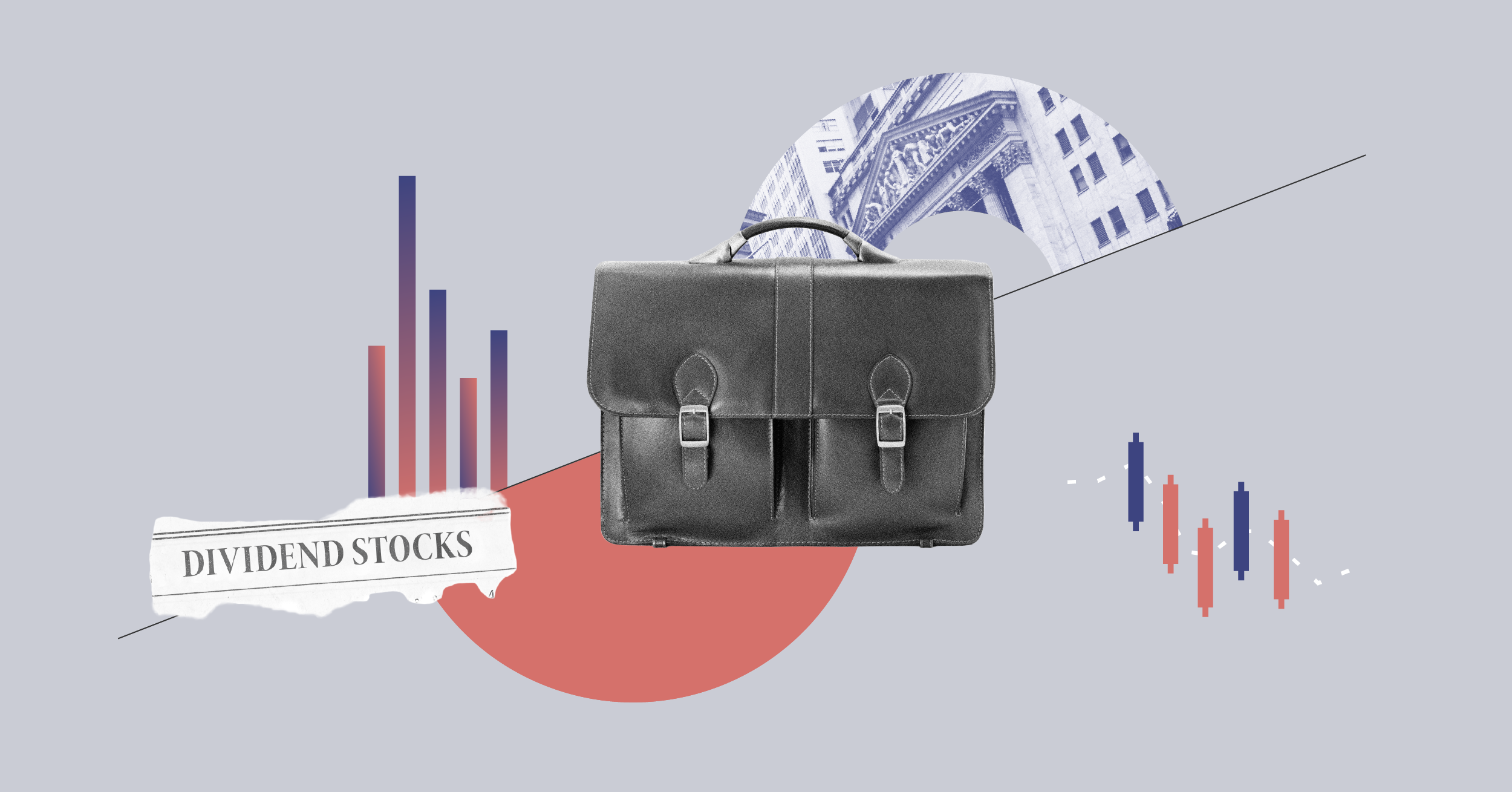
Editor’s note: This text has been edited to focus on the North American context of CDPQ’s 2022 performance.
The CPP and QPP claim that they have all the ammunition necessary to meet their future obligations for the next 75 years in the case of the CPP and the next 50 years in the case of the QPP. How accurate is this?
Projecting so far out in the future is a particularly sophisticated exercise that requires the elaboration and minute study of dozens of underlying hypotheses. Here are some key ones: how the demographic profile of the population will evolve; what age people will retire, women’s fertility rate, mortality rate, GDP growth, job creation, unemployment, etc. All these factors influence the three main components of the regimes: how much participants will be required to contribute to them, what returns these contributions will generate, and what level of benefits retirees can hope to get.
Many of these factors will obviously vary over time, but they will not shift dramatically within a very short period and will remain rather stable. For example, take the total fertility rate, a crucial factor that underlies the worker-to-retiree ratio. It “evolved from a level of about 4.0 children per woman in the late 1950s to 1.6 by the mid-1980s”, states the 31st Actuarial Report on the Canada Pension Plan, by the Office of the Superintendent of Financial Institutions (OSFI). Since then, it went down to 1.5 children per woman in the early 1990s, then up to 1.68 by 2008, then down again to 1.4 in 2020. Apart from the initial decline from the 1950s to the 1980s, the variations have been modest. OSFI predicts it will settle at 1.54 after 2029, so a shot up again to 4.0 or drop to 0.5 would be a surprise.
What Can Push Our Pensions Off Track?
Since their actuarial verification on December 31st, 2021, all the basic hypotheses upholding the long-term performance of the CPP and QPP have held steady, which means that the regimes are still on track to fulfill all their promises. However, three key factors have recently changed quite dramatically: inflation, interest rates, and immigration. A fourth aspect that could affect returns is the very strong commitment to ESG investment that both plans have adopted.
It appears that the three first factors have little potential to affect the regimes. “Inflation is not much of a concern,” says Philip Petursson, Chief investment strategist at IG Wealth Management, who participates on many pension fund committees, “It is largely factored in stock valuations, he says, and stocks are a natural hedge against inflation.”
Also, to protect from inflation, both regimes over the last years “have been allocating to real assets in infrastructure and real estate that generate cash flows that are more resistant to inflation,” points out Clara Vargas, Senior vice-president, Canadian structured finance, at DBRS Morningstar.
Public Pension Contingency Plans
Rather than sustained inflation, a more troubling scenario could be one of stagflation (combined high inflation and stagnant growth), posits OSFI, but that has not materialized to this day. And that would not be very distressing, resulting in a minimum contribution rate increase to 9.85%, “which, on a relative basis, is 3% higher than the MCR under the best-estimate assumptions,” OSFI asserts.
Higher interest rates are not particularly worrisome either. “If they are higher for longer, we should get better returns; it is only the period of transition when rates are rising that is more difficult to navigate,” says Jean-François Therrien, Actuary-in-chief at Retraite Québec.
Immigration has exploded in the last two years to 2.0 million new net arrivals, according to a recent report by National Bank of Canada. Such an extreme surge will pose a challenge to Canada’s infrastructure and services believes the BN economists, but it could be beneficial to the CPP and QPP.
It all depends on the age of the incoming individuals, whether they arrive at 30 or 60 years of age, Vargas believes. “It should not be a drag on the CPP and QPP, she says: more citizens means more money being contributed to the regimes. People who come in at age 40 or 50 will get benefits according to their time of contribution.” Therrien is of a similar view: “Yes, immigration is rather a positive overall. Generally, newcomers are younger, they work and contribute for longer.”
Will ESG Change Returns
In the last few years, the organizations that manage the CPP and the QPP (the Canada Pension Plan Investment Board and the Caisse de Dépôt et Placement du Québec) have adopted very strong ESG orientations. That is controversial. “All important funds are incorporating ESG, analysing all their investments in terms of risk and opportunity, Vargas points out. ESG is an important force that they cannot ignore.”
Granted, but how will ESG investment choices affect returns? The jury is still out on the relative performance of ESG portfolios compared to traditional ones. Some studies report equal performance, even superior on occasion, other studies report worse performance. “I anticipate lower returns,” Therrien states. For the ten coming years, Retraite Québec anticipates that returns at the Caisse de Dépôt will be depressed by -0.6% because of the energy transition.
In 2022, the Caisse had its worst year with a negative return of -5.6% that shaved $18 billion off its capital base, bringing it down from $420 billion to $402 billion. That compares with a positive average return of 11.4% in 2022 for 195 North American funds that participated in a NCPERS study (referring to a SWF study, CDPQ says it ranks in the first quartile for 2022 among the world’s largest institutional investors).
It is probably revealing that the CDPQ “has been a trailblazer when it comes to sustainability,” among world pension funds, highlights SWF’s 2023 Annual report on State-Owned Investors, which has given the CDPQ its Fund of the Year accolade Global SWF. In 2022, the CDPQ “completed its exit from oil production”, Vargas notes, while that same year all asset classes were losers – except oil.
Gratefully, “2022 and 2023 are mirror years for investment, and when the 2023 annual report comes out, the losses of 2022 should be compensated by the gains of 2023,” asserts René Beaudry, founding associate of Normandin Beaudry, a foremost actuary firm. And as the saying goes, since past results do not guarantee future ones, he considers that one year’s bad performance should not distract us from the outstanding performance and firm footing of both CPP and QPP. “In my line of work, he asserts, nobody has the slightest worry concerning the long-term sustainability of these regimes, not the slightest.”





:quality(80)/cloudfront-us-east-1.images.arcpublishing.com/morningstar/UEGBDMVEKZHSPOTU7BXUZMQEQA.jpg)
:quality(80)/cloudfront-us-east-1.images.arcpublishing.com/morningstar/MNPB4CP64NCNLA3MTELE3ISLRY.jpg)
:quality(80)/cloudfront-us-east-1.images.arcpublishing.com/morningstar/G3DCA6SF2FAR5PKHPEXOIB6CWQ.jpg)












